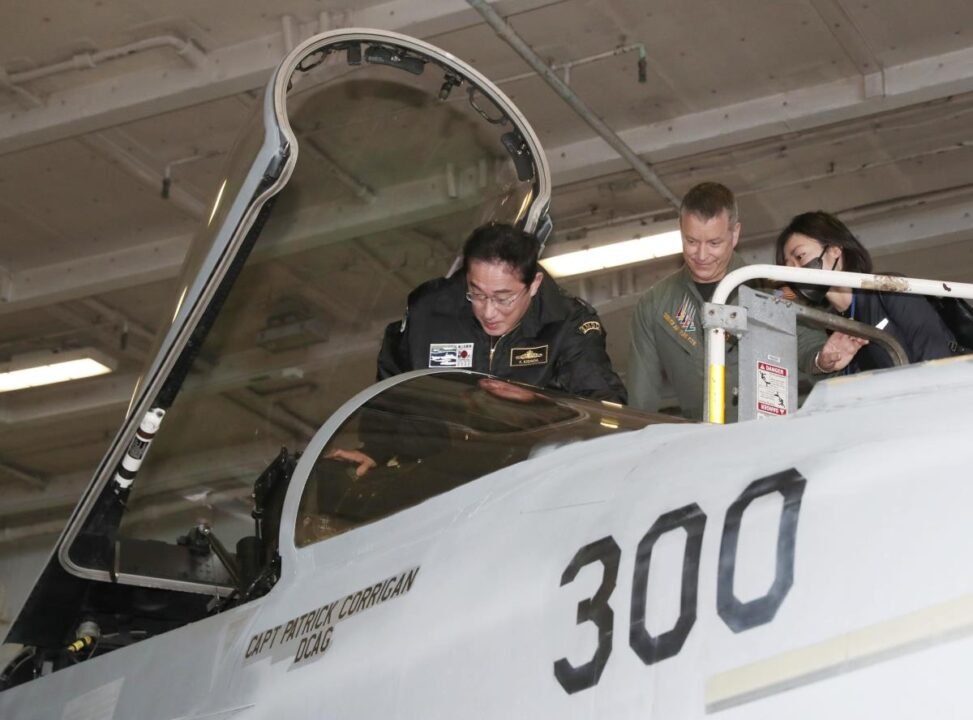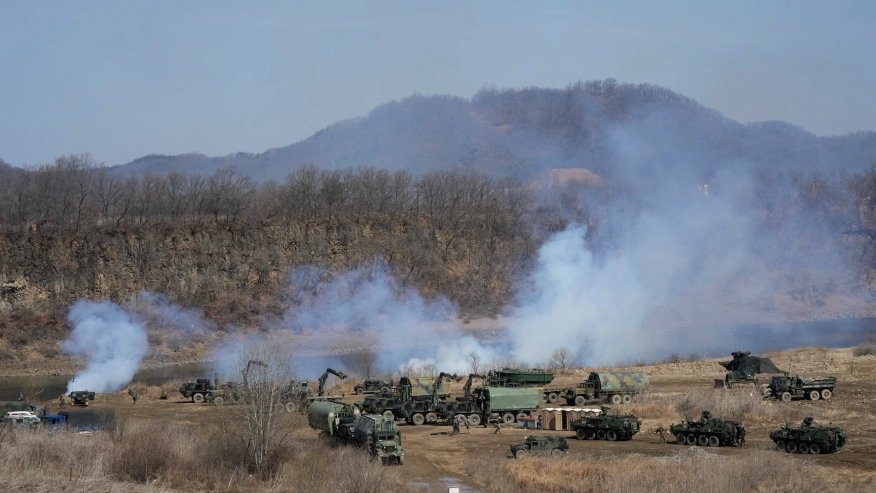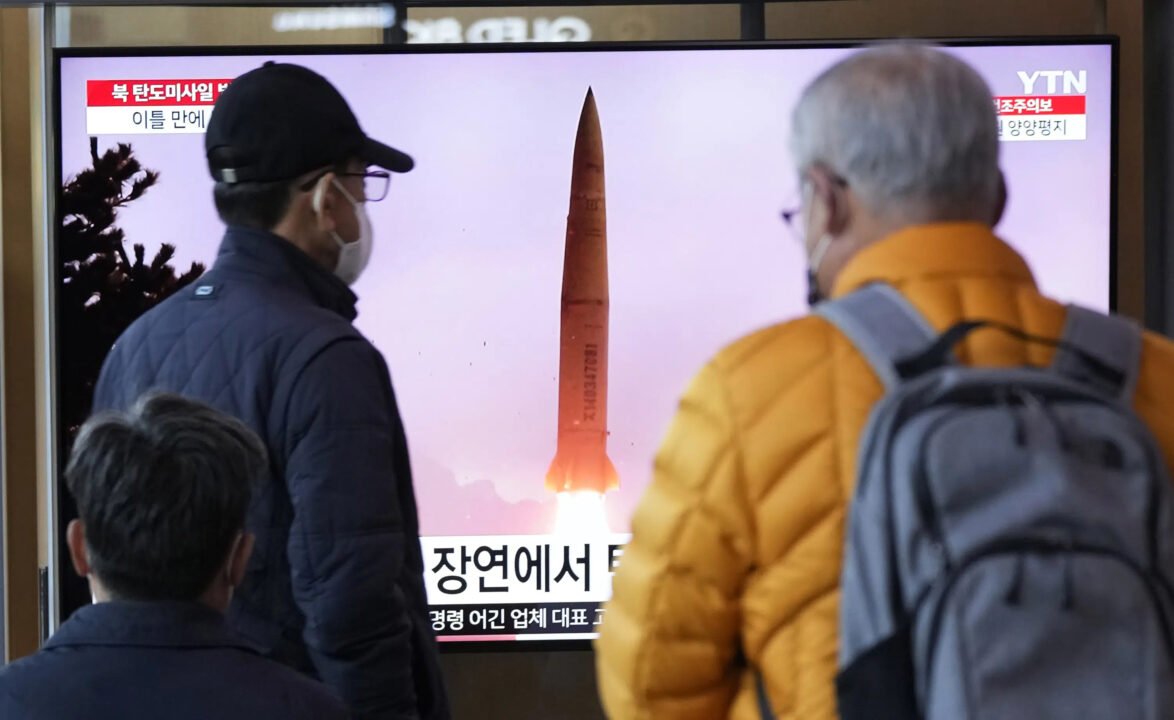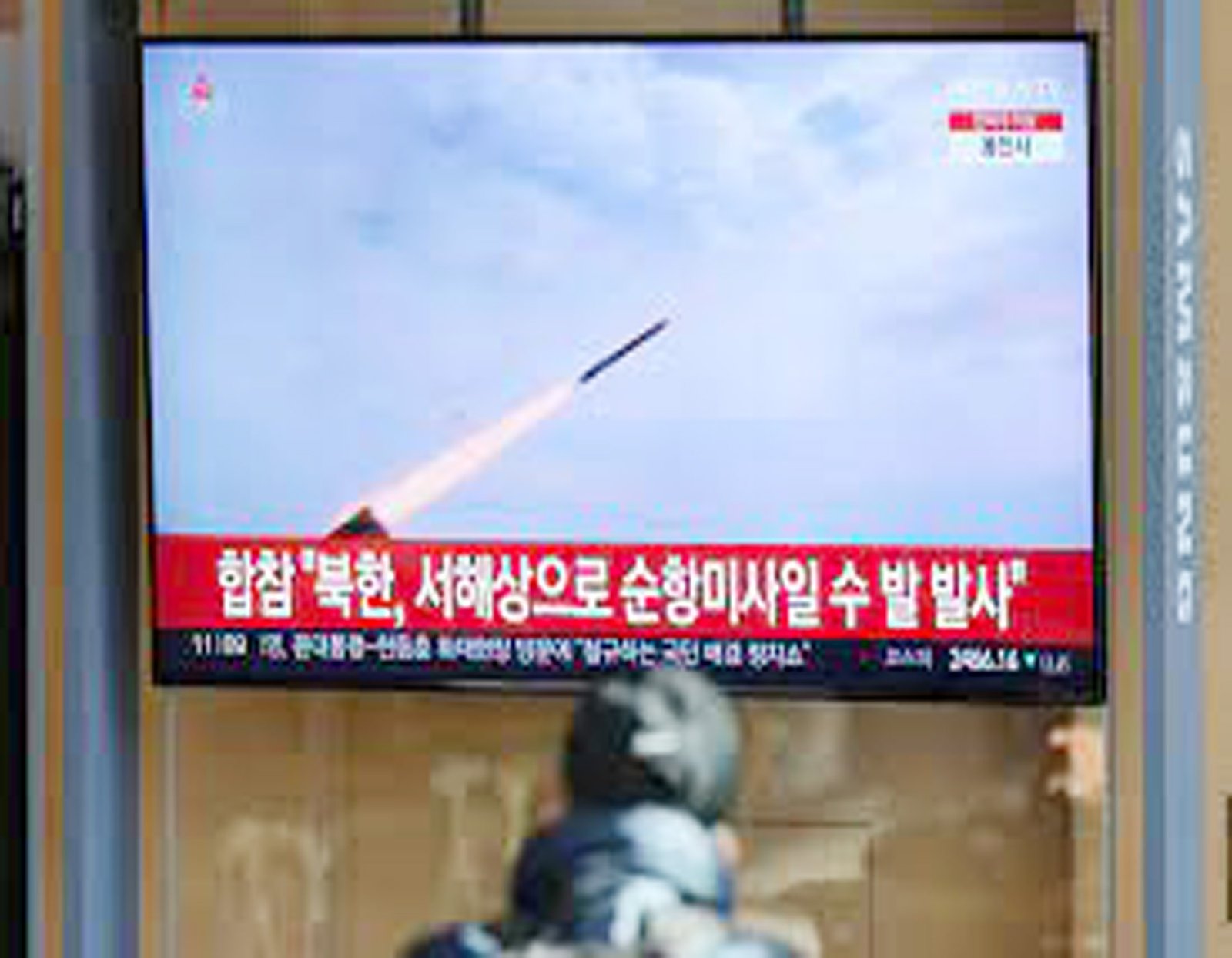TOKYO, Dec 16 (AP): In a major break from its strictly self-defence-only postwar principle, Japan adopted a national security strategy on Friday declaring plans to possess preemptive strike capability and cruise missiles within years to give itself more offensive footing against threats from neighbouring China and North Korea.
With China, North Korea and Russia directly to its west and north, Japan “faces the severest and most complicated national security environment since the end of the war,” the strategy said, referring to World War II.
It named China as “the biggest strategic challenge” — before North Korea and Russia — to Japan’s effort toward ensuring the peace, safety and stability for itself and the international society.
Because of its wartime past as an aggressor and national devastation after its defeat, Japan’s postwar policy prioritised the economic growth while keeping its security light by relying on American troops stationed in Japan under their bilateral security agreement.
Japan’s defence buildup has long been considered a sensitive issue at home and in the region, especially for Asian victims of Japanese wartime atrocities.
But experts say China’s growing influence, Russia’s invasion of Ukraine and fear of Taiwan emergency prompted many Japanese to support increased capability and spending.
“Taiwan emergency and Japan emergency are inseparable,” said Ken Jimbo, a defense expert at Keio University, noting that Japan’s westernmost island of Yonaguni is only 110 kilometres (70 miles) away from Taiwan.
Rapid advancement of missiles have become “realistic threats” in the region, making interception by existing missile defence systems more difficult, the strategy said.
North Korea fired more than 30 ballistic missiles this year, including one that flew over Japan. China fired five ballistic missiles into waters near Japanese southern islands including Okinawa.
Japan needs standoff, or long-range missiles, to strike back and prevent further attacks “as an unavoidable minimum defensive measure,” the document stated.
The plan won’t be implemented until at least 2026 and includes acquiring the powerful long-range Tomahawk missile favoured by the US and UK navies.
The new national security strategy, approved alongside two defence strategy documents by Prime Minister Fumio Kishida’s Cabinet, said its possession of counterstrike capability is part of Japan’s move to considerably bolster its military power and spending over the next five years as a deterrence for itself and the region.
This puts an end to Japan’s 1956 government policy that shelved counterstrike capability and only recognised the idea as a constitutional last-ditch defence.
“Starting from the fundamental strengthening of the defense power, we must be firmly prepared for the worst case scenario,” the new strategy said.
US Ambassador Rahm Emanuel welcomed the strategies as “a momentous milestone” for Japan’s history, US-Japan relations and for making a “free and open Indo-Pacific” an achievable reality.
Japan plans to spend 5 trillion yen (USD 37 billion) to deploy foreign-developed standoff missiles as early as 2026, including Lockheed Martin’s Tomahawk and Joint Air-to-Surface Standoff Missile, while Japan’s Mitsubishi Heavy Industry develops a surface-to-ship guided missile.
To quickly respond to possible attacks, Japan will also deploy several standoff missile units at undisclosed locations.
Japanese defense officials said they are still negotiating Tomahawk purchase details.







